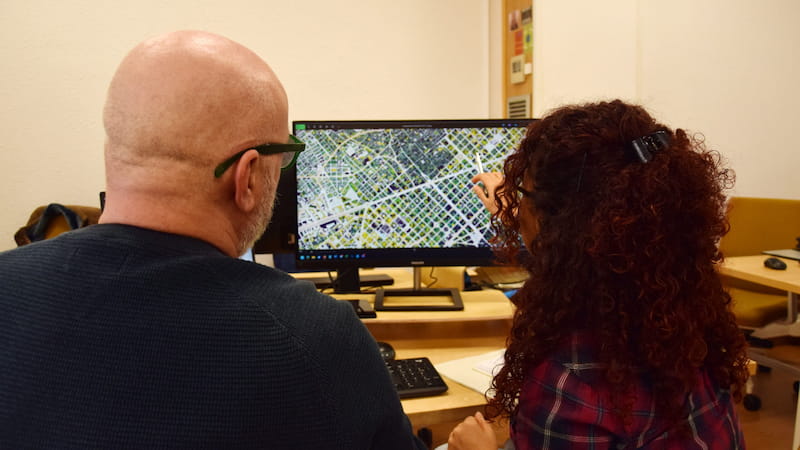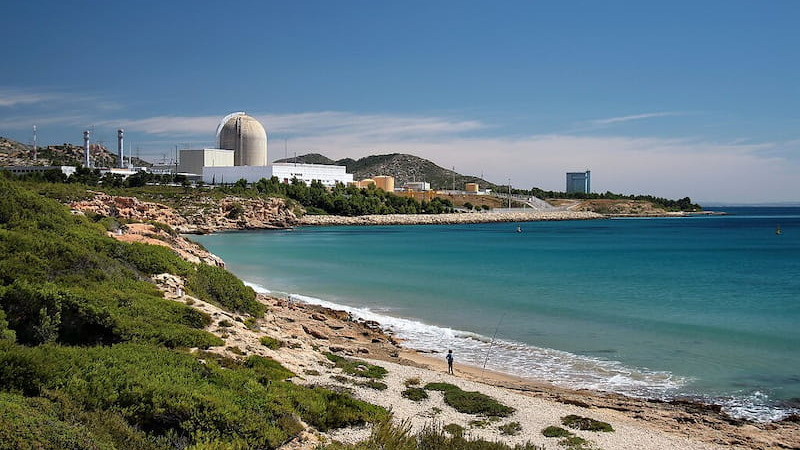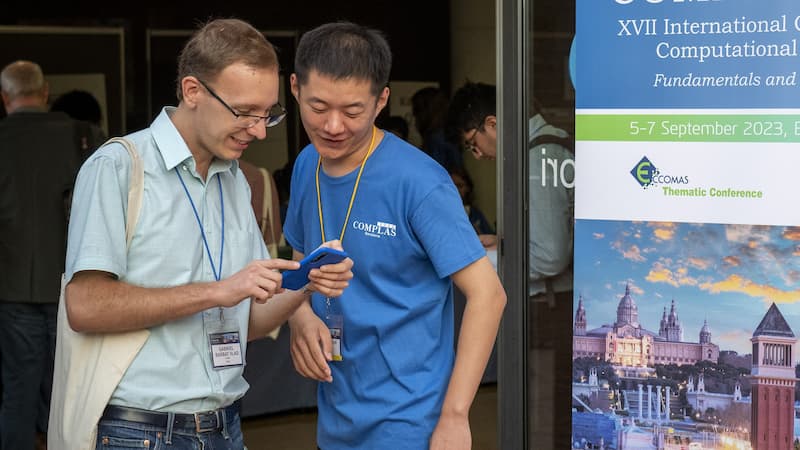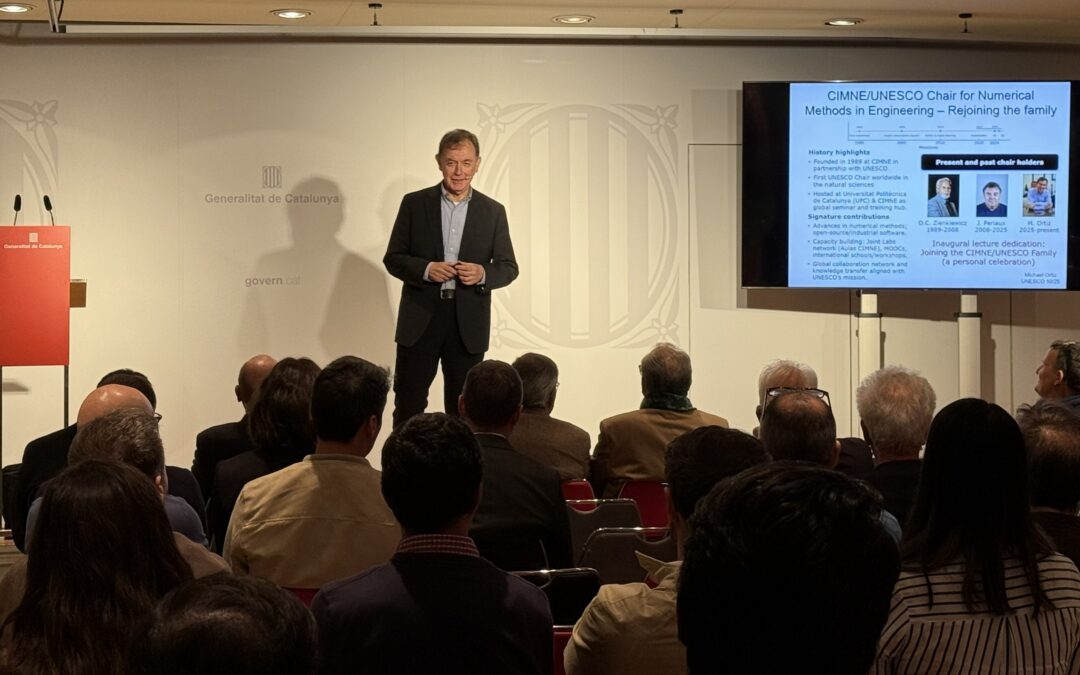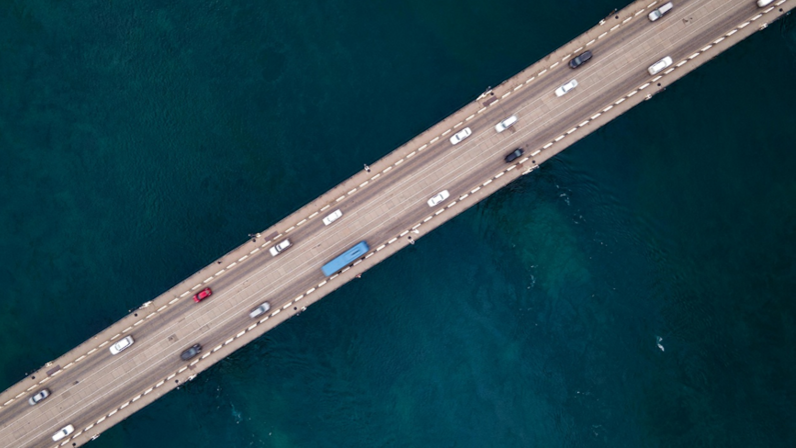
Fibregy is an ambitious European innovation project that will enable the extensive use of fiber reinforced polymers (FRP) for the next generation of offshore and wind turbine platforms.
Led by CIMNE, the Fibregy consortium is working on the development of new construction procedures and design guidelines to make the extensive deployment of FRP materials feasible in wind and tidal turbine platforms in high sea. In addition, it will focus on the generation of efficient production, inspection and monitoring methodologies, and will certify and demonstrate advanced numerical analysis tools for their design, operation and monitoring. All of this with the aim of validating the replacement of steel by fiber-reinforced polymers (FRP) in these structures, which, thanks to their immunity to corrosion and their greater resistance to fatigue, can provide important advantages in the construction of these platforms.
The different technologies applied in the process will be demonstrated through the use of advanced simulation techniques and the construction of large and full-scale prototypes.
This project has received funding from the European Union's Horizon 2020 research and innovation program with a total budget of 8 million euros, of which 6 million come from European funds.
Reinforcement of the EU's leadership in renewable energy and the blue economy
The added value generated by the ocean industry worldwide could double from 1.3 trillion euros today to 2.6 trillion euros in 2030, according to data from the Organization for Cooperation and Development (OECD). The European Union aspires to become a major player in the international market and home to successful clean ocean energy companies. In this sense, the FIBREGY project, with its innovative proposals, will reinforce the leadership of the European Union (EU) in terms of renewable energies and the blue economy.
Fibregy can increase in the target market between 10% and 15% and that the profit margin grows around 20-25% at the end of the project, due to the reduction in production and maintenance costs of these new platforms.
On the other hand, offshore wind and tidal energy play a key role for the European Union to meet its energy efficiency and greenhouse gas emissions targets set for 2030 and 2050.
Europe wants to increase its offshore wind capacity from 24.3 GW to 111 GW by 2030. To do this, it will reserve 26,000 million euros in the development of new technologies and the commissioning of new offshore wind farms (3,200 million euros/GW ). The European objective for the year 2050 is that the generation of marine energy (wind and tidal power) represents 25% of the total generation of electricity.
| Offshore Floating Wind Power | Seawater energy |
| Until 2020, the wind power capacity in Europe was 24.3 GW, which represents 72% of the global offshore wind power capacity. | Until 2020, the tidal power capacity in Europe was 27.9 MW. It accounted for 77% of the world's tidal power capacity. |
| By 2030, Europe will reach the target of 111 GW of offshore wind power capacity | By 2030, Europe will reach the target of 2.38 GW of tidal power capacity |
| By 2050, Europe hopes to reach the target of 300 GW of offshore wind power capacity | By 2050, Europe hopes to reach the target of 100 GW of tidal power capacity |
Table 1: Installed capacity and 2030/2050 objectives for both technologies: Floating Marine and Tidal Wind Turbines.
Significant cost savings and reduced environmental impact of OWTP platforms
The benefits resulting from the application of FRP materials to build the structure and components of offshore wind and tidal platforms, as well as the different design, production, analysis and maintenance solutions developed in FIBREGY, will translate into superior performance of the life cycle and therefore a positive impact on the levelized cost of energy (LCoE).
|
Offshore Floating Wind Power |
Seawater energy |
| Until 2020, the LCoE was €64/MWh | Until 2020, the LCoE was €200/MWh |
| By 2025, the LCoE is expected to drop to €60/MWh | By 2025, the LCoE is expected to drop to €150/MWh |
| By 2030, the LCoE is expected to drop to €50/MWh | By 2030, the LCoE is expected to drop to €100/MWh |
Table 2: Benefits and impacts of the Fibregy project on the levelized cost of energy (LCoE) for both technologies: Floating Marine Wind and Tidal Turbines.
According to IPPC experts, offshore wind technology has the lowest life cycle of all existing power generation technologies. Fibregy will further reduce the carbon footprint of offshore platforms thanks to the use of FRP materials instead of steel in offshore structures, increasing the life of the structure with innovative maintenance and monitoring strategies, and its high recycling rate. The Fibregy project hopes to lay the foundations to reduce the carbon footprint of offshore platforms by 35%.
12 partners from 7 countries, with more than 40 researchers
The consortium led by CIMNE (Spain) is made up of a network of 12 research, engineering and industry organizations from 7 European countries with a relevant and recognized track record in research and technological innovation, which creates an ideal ecosystem for optimal dissemination and exploitation of the results of the Fibregy project.


